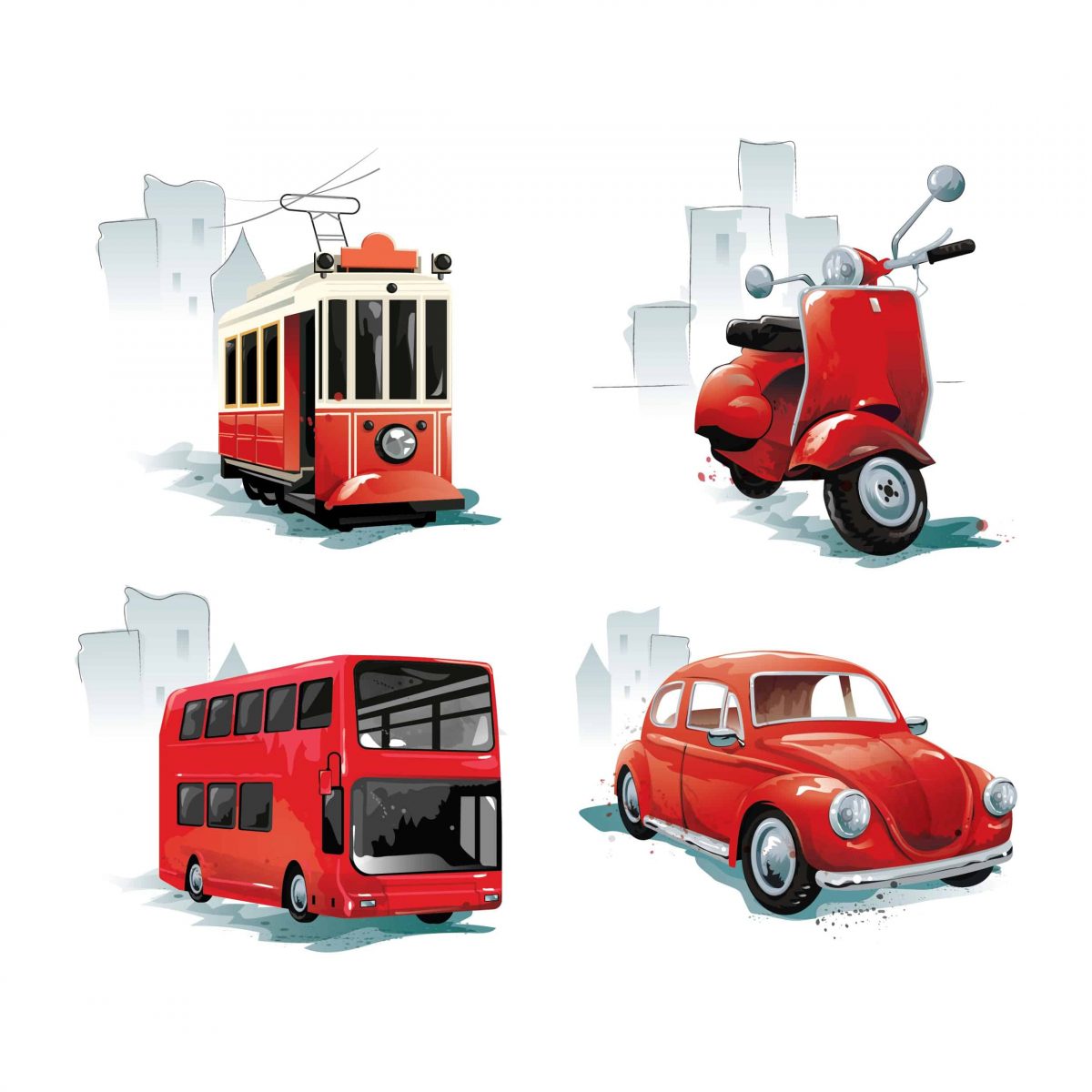In our office, we were chatting about the game Fortnite and how I was trying to learn how to play it by using an iPad. My character can jump out of the plane, but has some serious issues to be as competent and fast team members or opposition playing with computer and console set-ups. It made me think, that this would often be the case too in the working world with gamification. Hence the question, are you putting users at a disadvantage with a one size fits all strategy?
One size fits all: does it ever fit?
 In my opinion, trying to create one design for all kinds of users types is a risky strategy to begin with. With today’s technology there is no reason why you wouldn’t have a number of user journeys to suit their behaviours better. The more behavioural driven you can make the triggers for your gamification design, the better the chances for results.
In my opinion, trying to create one design for all kinds of users types is a risky strategy to begin with. With today’s technology there is no reason why you wouldn’t have a number of user journeys to suit their behaviours better. The more behavioural driven you can make the triggers for your gamification design, the better the chances for results.
In our work in learning related gamification, we often have the request to make an online program accessible via a number of different resources. Some authoring tools and game making softwares allow you to push out multiple versions of the same work for use on mobile, desktop or consoles for example.
In a world where a lot of us are communicating across multiple platforms, the multi-journey design comes with different user experiences. If you want to be truly inclusive, the gamification needs to be similar in experience no matter what device you are on. If however your point scoring widget hovers over all content at any given time on mobile, this will frustrate most users on mobile. Just like my character in Fortnite doesn’t have the same agility because I am balancing the tablet and working the controls at the same time. (saying that I am not ruling out human error either on the latter)
Designing with access in mind
When you are creating games and gamification designs for maximum inclusion, the trick is to make the interactions accessible for the majority on each specific device to which you want push out content. It is thinking about buttons, navigation, receipts of rewards, etc.
As we are also more and more working across various realities from reality to augmented and virtual, navigation and interaction again needs to be re-worked and adapted. If you want to let the background from real life enter an augmented reality example of content, how will users be able to engage with both? Do they both play a role even? In virtual reality, a click of a button, may be a head move in a certain direction.
Lazy design, speed of delivery requirement and rapid authoring tools are part of the problem in pushing out content quickly and then hoping it will work for everything. I have worked in instructional design, I understand the problem. The thing is, know where the majority of your users will be accessing your content. Oh, and let the data do the talking (google analytics will tell you on what devices they are working), don’t just assume that because it is a work related programme the default is desktop. In some organisations and in some teams that may be 100% accurate, but in others this will vary.
If you start with one version and then rework the mobile version, just ensure that mobile users can still enjoy the same results as their desktop colleagues. Look at each interaction, message, pop-up, engagement, and consider if this makes sense on mobile or not. If not, adapt the user experience and create a separate file for mobile output. It is more work, but if it increases your chances on results, it is worth doing.
I know I have turned around and switched off poor versions on mobile and vice versa on desktop. I still don’t like it when some apps can’t turn to the orientation of my phone or tablet.
Floating widgets are fine on desktop, because they show up on the side, but on mobile they may actually cover the whole content. It is why we switched off certain gamified solutions that did this, because way too many people complained about accessibility.
Remember your main objective
When you are creating your strategies, remember your main objectives. Why did you set out to do this project? Typically increased engagement came into the equation. If you don’t make it easily accessible for your users on their preferred platform or you put them at a disadvantage against others, then somewhere along the line your results will either see a drop off or some complaints about the lack of inclusion.
Consider access points at the beginning of your project and design accordingly. If it takes a few user experience journeys instead of one, make it part of the game.
https://gamificationnation.com/inclusion-by-ability/




